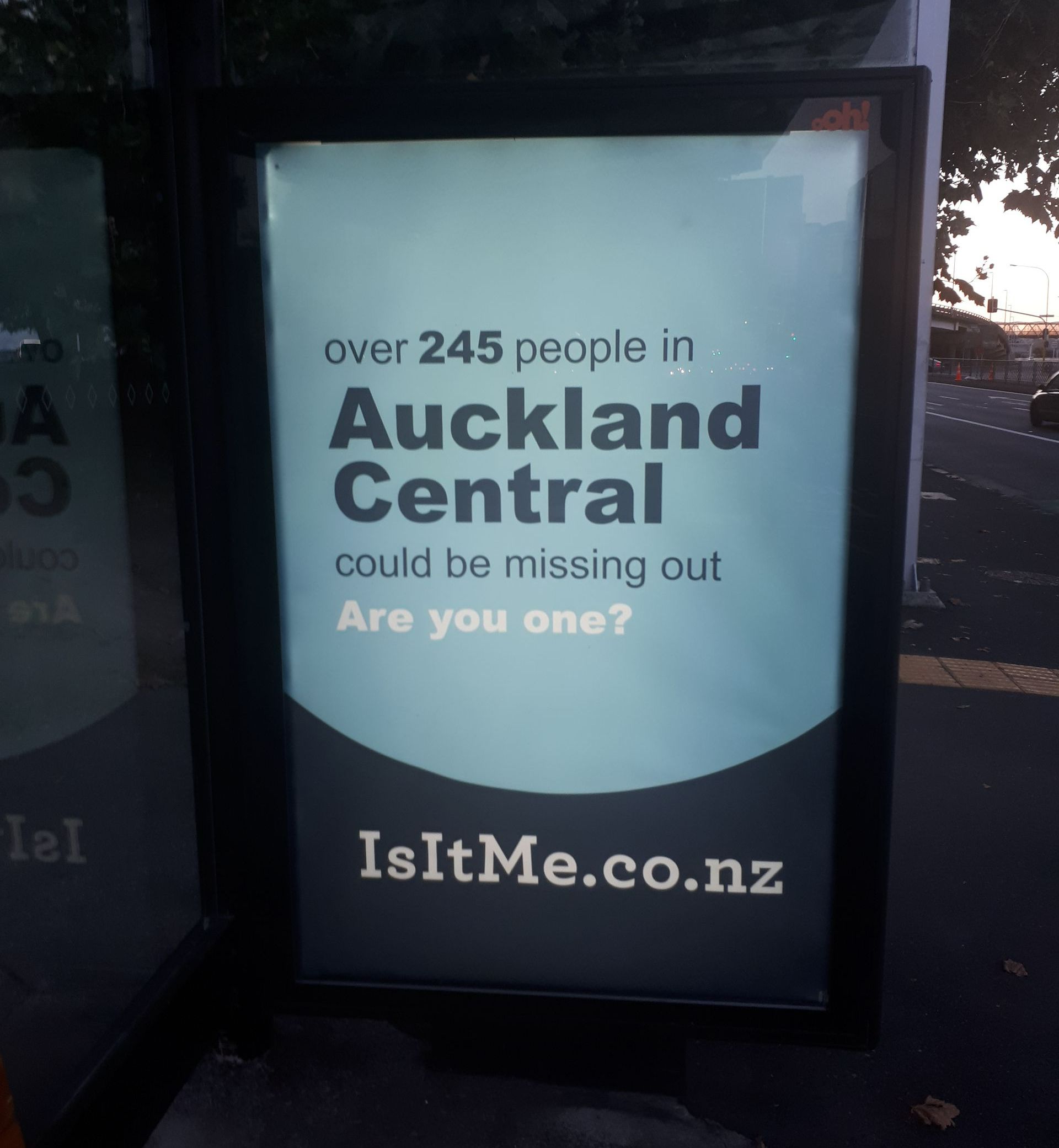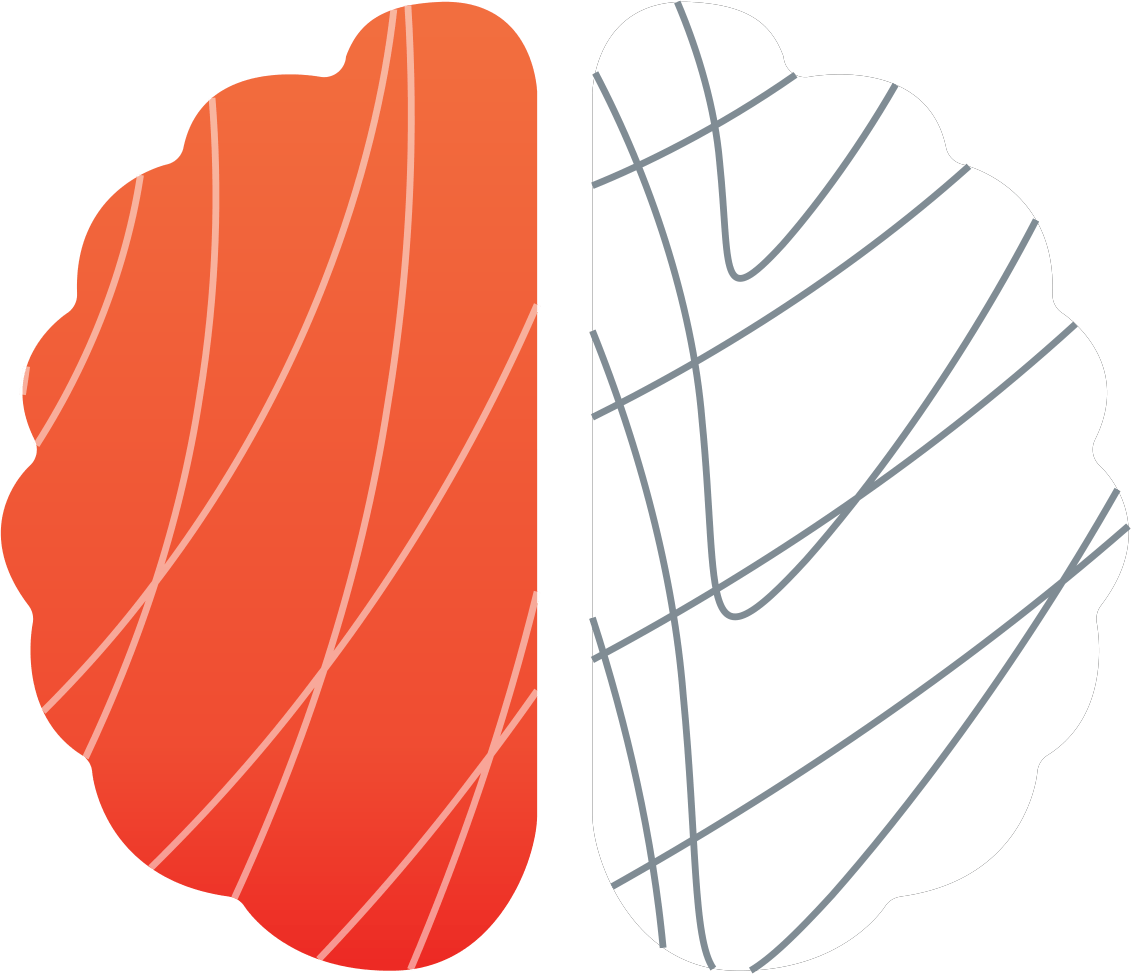A vaccinated workforce - motivating staff to get the jab
Yes, we're going there: the COVID-19 vaccine. But we're not here to debate the science, rather a problem facing some organisations: low vaccination rates.
New Zealand is a country built on production. Between our primary, manufacturing, transport, logistics and retail trade industries alone, it’s a $65 billion contribution to our GDP. That’s a lot of workplaces built on large team environments, people movement and the flow of goods. So it stands to reason that an employer would want that workforce to be vaccinated, at the very least for their employee’s own health and that of their community.
Added to that, many of our essential businesses (such as retail, supermarket or transport) are reliant on one or a few distribution centres. The risk associated with COVID-19 affecting workforces in these sites, whether from a moral or operations standpoint, has been highlighted with recent cases at NZ Post’s distribution centre.
Despite living in a developed world largely free of infectious diseases - thanks to modern vaccinations - more individuals than ever are feeling hesitancy around whether to get the COVID-19 vaccine themselves. Evidence suggests that few of these people are outright ‘anti-vaxxers’; most support the concept of being vaccinated. But as we look forward to an economy that is more resilient to COVID-19 in whatever shape or form that may be, many will be looking at our (unvaccinated) workforce as a potential weak spot – whether from the risk of shutting down sites, the potential it can have on the wider economy and needs for regional lockdowns, or from a health and safety perspective.
So what can employers do to increase the likelihood that their staff will get vaccinated, and reduce the risks inherent from this virus?
The most straightforward approach would be to mandate it. But regardless of whether that’s even legal, there’s a risk of backlash amongst your workforce and the wider community.
Another common approach is education and awareness programmes. As a behaviour change solution, such programmes are often not a solution by themselves, but require additional supporting strategies to address the impediments to seeing the desired change. So, it could be a good idea to make people aware of the need to get vaccinated, but don’t assume more education and information will be the solution.
What other options are there?
Thankfully, behavioural scientists around the world have looked at this issue, and similar issues for a number of years. There are a few options that can work:
A trusted messenger
Who is telling people to get vaccinated? If it’s you the employer, then you might not be someone whose opinion is respected in the context of vaccinations. Trusted internal – or external – messengers with a respected opinion could help.
Make vaccination the social norm
People inherently want to belong, so encourage everyone in the workforce who is vaccinated to wear some form of pin, or something that might indicate their support. Then, you’ll increase the social proof that vaccination is something worth doing.
Play to a different identity
People have multiple self-identities, so while one identity might be the barrier to vaccination (e.g. from a religious or peer-group standpoint) another could be the key motivator (e.g. encouraging multiple generations to get vaccinated together, or “doing it for your family” could activate a parents role to protect their loved ones).
Let people play hooky
If you’re able to offer vaccinations at your workplace, can you time it for when people are most receptive to the message? Timing matters, so potentially asking people towards the end of their shift, for example, might lead to greater uptake as people try to avoid work!
Procrastinate today, but commit to tomorrow
Can you get people to commit to getting a vaccine ahead of time? It’s been shown that people might agree to do tomorrow what they don’t want to do today, and being reminded of this commitment has a strong impact.
Cole, your Pfizer vaccine dose is ready and waiting
Can you send targeted text messages to your workforce that let them know their dose is waiting for them? Research from the USA has shown a personalised approach has a strong impact on vaccine uptake.
No barrier is too small: remove obstacles
Finally, what are the small points of friction, the small additional points of effort that people might need to go through? Offering vaccinations offsite? Bring it onsite. People need to book a vaccination slot into their shift? Do it for them, with the option to reschedule.
What we’re trying to do is use multiple psychological cues to increase people’s motivation and ability to get vaccinated. The more approaches used, the better the chances for success.
Ultimately, people’s reasons for not getting vaccinated can stem from a range of sources. And without being moralistic about the issue, they will be making the best decisions based upon their experiences, their access and the motivations that are put in front of them.
Our goal is to support a choice towards getting vaccinated. Good luck!




